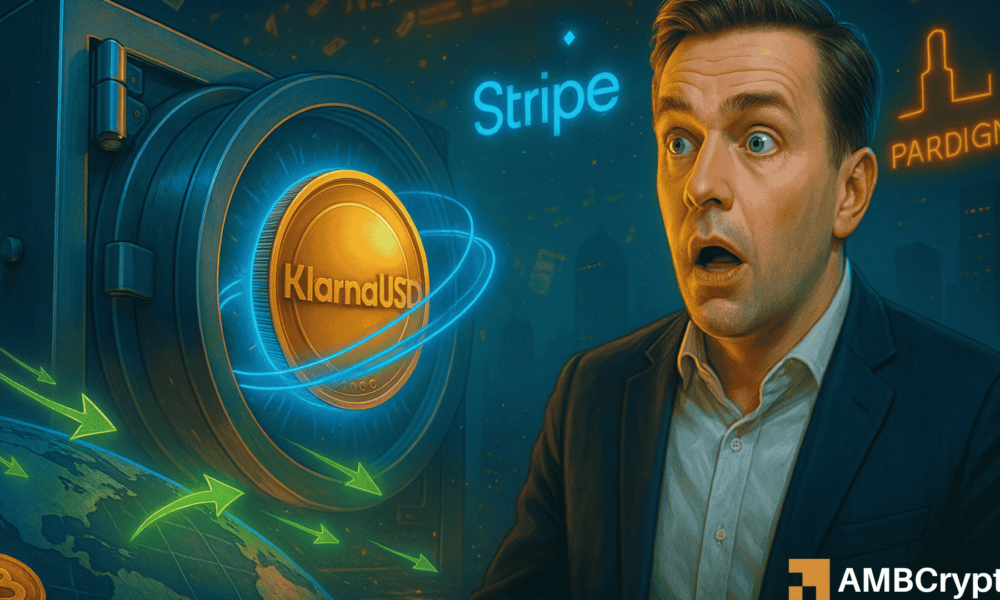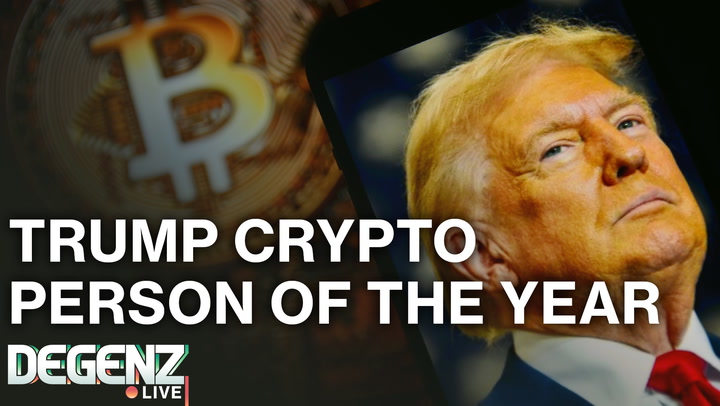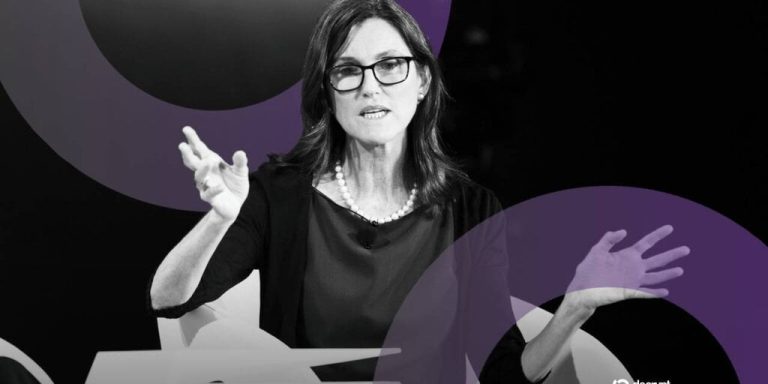
Klarna Enters the Stablecoin Game
In a groundbreaking move, Klarna, the Swedish fintech giant renowned for its Buy-Now-Pay-Later (BNPL) services, has announced its plans to launch a U.S. dollar-backed stablecoin: Klarna USD. With over 150 million users worldwide, Klarna is pushing boundaries in the digital payments ecosystem.
This new stablecoin, set to launch on Tempo, a payments blockchain developed by Stripe and Paradigm, signals Klarna’s most aggressive foray into the world of digital finance. The stablecoin will be fully backed by U.S. dollar reserves and redeemable at par, making it a direct competitor to established players such as Tether, Circle, and PayPal’s PYUSD.
Why Focus on a USD Stablecoin?
USD-denominated stablecoins dominate the market, with over $200 billion in circulation. Klarna’s choice to opt for a dollar-backed stablecoin comes as European fintechs increasingly rely on U.S. digital assets. This contrasts starkly with euro-denominated stablecoins, which remain marginal, boasting only €395 million in circulation.
The launch also highlights how Europe’s stringent Markets in Crypto-Assets (MiCA) regulations may be inadvertently pushing innovation offshore. Klarna is bypassing euro-based stablecoins, fueling debate about Europe’s competitiveness in the rapidly growing digital finance industry.
The Bigger Picture: Competition and Adoption
The timing of this announcement aligns with Klarna’s rumored initial public offering (IPO) preparations. By adding a stablecoin to its ecosystem, Klarna appears to be diversifying its revenue streams while signaling to investors its commitment to evolving beyond traditional BNPL services.
This move also places Klarna in direct competition with other major fintech and crypto-native players like PayPal, which launched its PYUSD stablecoin in 2023, and Revolut, which has explored its own digital currency initiatives. However, crypto analysts remain skeptical about user adoption of branded stablecoins. One noted: “A stablecoin only works if people actually adopt it—Klarna still has to prove users want a BNPL-branded token for everyday payments.”
Challenges Ahead
Despite the hype, Klarna faces significant challenges. A large portion of its users signed up for installment payment services rather than a blockchain-based ecosystem. Convincing these users to adopt a Klarna-branded stablecoin as a payment method will require targeted education and transparent regulatory practices.
Questions also remain about whether this move is less about innovation and more about treasury management with blockchain branding. As some observers have pointed out, generating yield on deposits may ultimately be the driving force behind fintech companies issuing stablecoins.
Conclusion: A Fintech Experiment or a Game Changer?
As Klarna’s USD stablecoin prepares to hit the market, it offers a glimpse into the evolving world of fintech innovation. Whether Klarna can successfully merge its massive user base with blockchain technology remains to be seen, but the stablecoin’s success may depend on building confidence among shoppers, merchants, and regulators alike.
For those interested in secure digital payments, combining Klarna’s expertise in commerce with the stability of USD-backed blockchain assets could mark a new chapter in fintech.
Meanwhile, competitor stablecoins like PayPal’s PYUSD are already gaining traction. If you’re looking to explore this trend, PYUSD is worth examining as a current alternative while Klarna begins its rollout.



